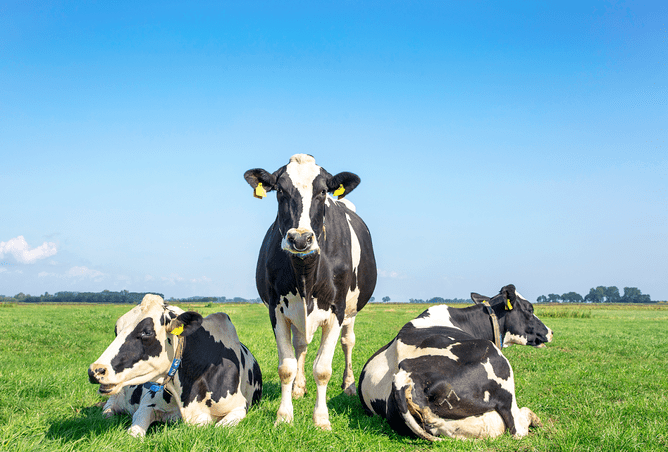How the two can work alongside each other to increase the accuracy of your data/calving dates and avoid errors.
Cow sensors are running 24/7 and are continuously collecting data from the individual cow’s behaviour. Over mating, the programmes behind these sensors will calculate the perfect timing for insemination, making heat detection simple.
Once a cow is inseminated or mated and is not coming back to heat after, the technology assumes this cow has held on to her pregnancy and is now in-calf. This is quite a big assumption to make.
In the majority of cases, these cows are probably in calf, but there are occasions when this is not the case, or the date might be out. It could also work the other way around: the sensor has picked up a heat after insemination and therefore reports this cow as "possibly empty or suspected for abortion".
The technology is good, but unfortunately mistakes are made. A few examples of why there could be some errors in your technology data include:
- The sensors may have recorded a false heat. This can happen in events where cows break out, there is a sudden weather change, or if there might be something else going on with the cow herself.
- The cow did not have a heat again after insemination and thus will show up as possibly pregnant. However, the cow could have turned into a "phantom" cow where she is empty but is not cycling anymore. There could also be another health problem turning her into a non-cycler.
- There could be a failure in technology or a human error. Collars or ear tags may fall out, or not be working; the system might not have synced; or there may not be enough data available etc.
To increase the accuracy of your data/calving dates and avoid errors, a scan can be done to confirm if a cow is in-calf or empty.
If you are keen on doing a final dry-off scan (to get any extra empty cows out before the winter), but don't want to scan the whole herd again, the technology could help you with this. Simply draft out the cows who are on the ‘suspected for abortion/possibly empty’ list at the end of the year and rescan these cows.
Interestingly, when we went out to do this on-farm last year, quite a few of these cows were still in-calf!
If you want any further information, or any help at looking at this data, give your KeyVet a call and we will happily discuss this with you.
- Femke Bluemink

